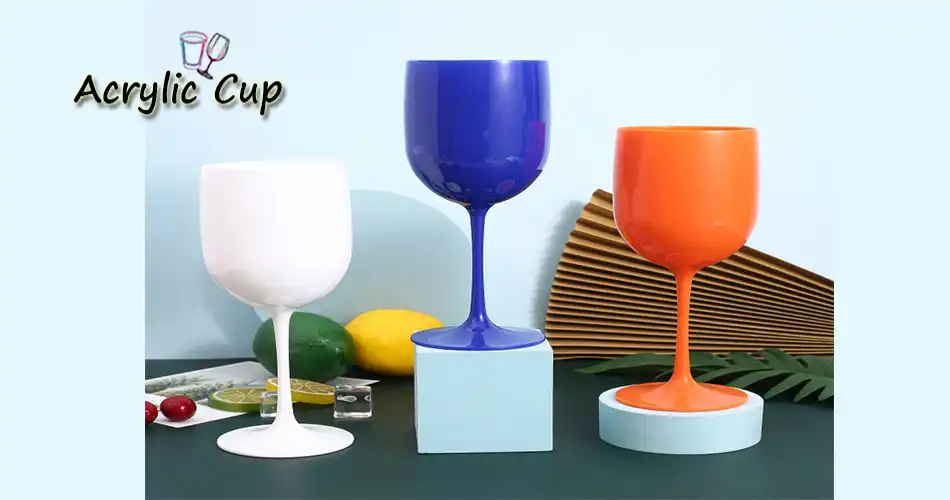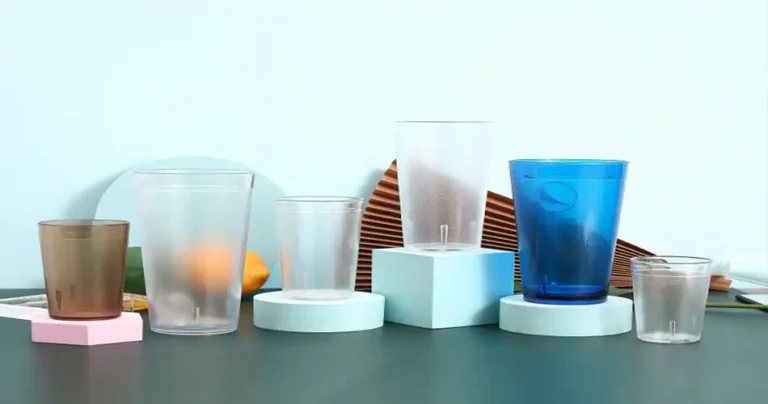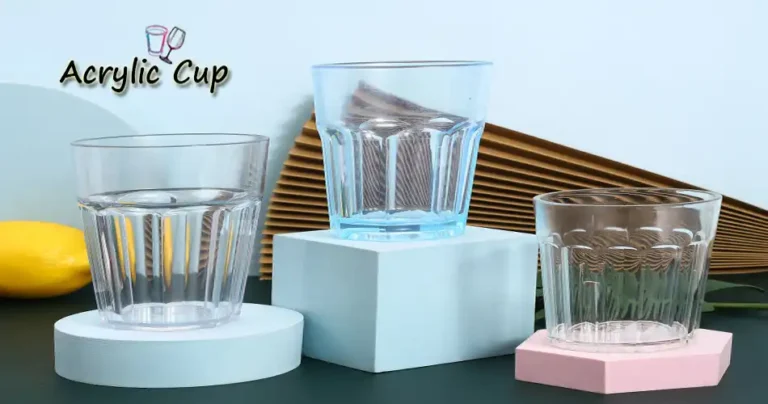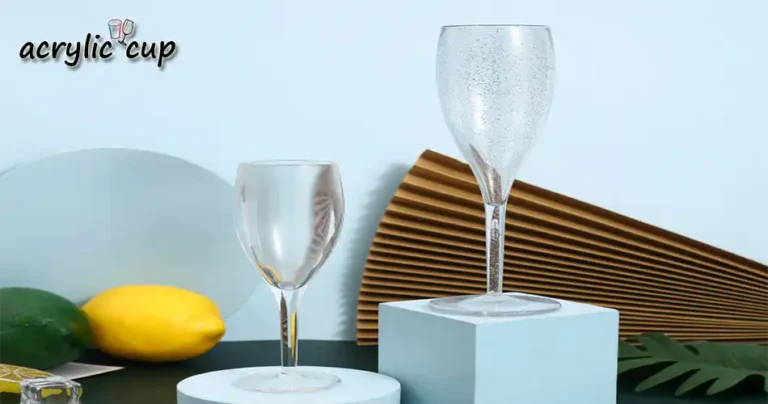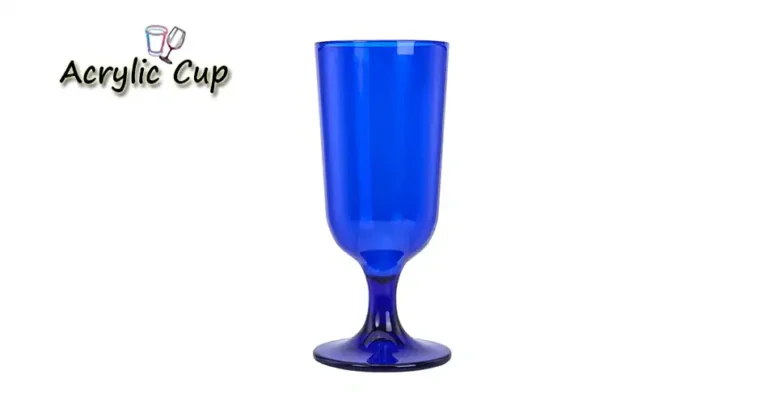Origin of cup
cup are common containers in our daily lives. They are used to hold liquids (such as water, tea, coffee, wine, etc.). There are many types of cup. cup with different materials, sizes, shapes, and design styles are not only practical, but also often rich in cultural significance and artistic value. cup as containers for holding liquids can be traced back to ancient civilizations. Humans initially used natural objects (such as shells, wood, stones, leaves, etc.) to hold water and other liquids. With the development of pottery technology, ancient humans began to make more sturdy and practical cup. Different cultures have different evolutions in the design and use of cup.
Early cup
Ancient humans did not initially have special containers to hold water or drinks. They often used natural objects such as leaves, shells, stones, wood, bamboo, etc. to hold liquids. With the development of human technology, especially the emergence of ceramics and metals, humans began to make cup that better meet their needs
Neolithic Age: Humans began to make pottery to hold water, wine and other beverages. Pottery is one of the earliest cup. It is simple in shape, usually made by hand and fired with clay.
Bronze Age and Iron Age: With the improvement of metallurgical technology, people began to make metal cup, and metal materials such as gold, silver, and copper were widely used in aristocratic or religious ceremonies.
cup in ancient civilizations
cup in different civilizations have different shapes, mainly reflected in the material, purpose and design style.
Ancient Egypt: The ancient Egyptians made cup with a variety of materials such as stone, pottery, and wood. The shapes were simple. Some cup were used to hold wine, symbolizing sacredness and power.
Ancient Greece and Ancient Rome: These civilizations had a wide variety of cup, including simple pottery cup and exquisite gold and silver cup, which were usually used in banquets, religious ceremonies and daily life. Ancient Greek cup (such as Cretan cup) are often elegantly designed and practical.
Ancient China: In ancient China, the development of cup was closely related to the culture of drinking tea and wine. Early cup were generally made of pottery or porcelain. With the maturity of porcelain technology, porcelain cup became traditional Chinese beverage containers.
Evolution of cup
As time went by, the design of cup gradually changed, becoming a practical and decorative item.
Middle Ages: In Europe, the aristocracy of the Middle Ages used cup inlaid with gold and silver gemstones, which often had high artistic value and symbolic meaning.
Modern: The Industrial Revolution promoted the change of production methods, and cup gradually became more popular and diversified, especially glass cup, ceramic cup and plastic cup, and acrylic cup began to become common items in daily life. The design of cup also pays more attention to convenience, durability and beauty.
The meaning and use of cup
cup are not only necessities in daily life, but also often appear in many cultural and religious ceremonies. For example, the Holy Grail in the Christian Eucharist, the toast cup in the wedding, and the traditional Chinese tea cup and wine glasses are all objects that convey certain symbolic meanings.

